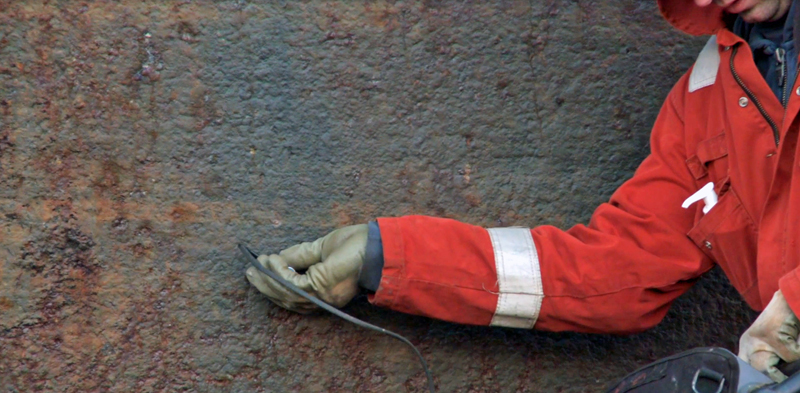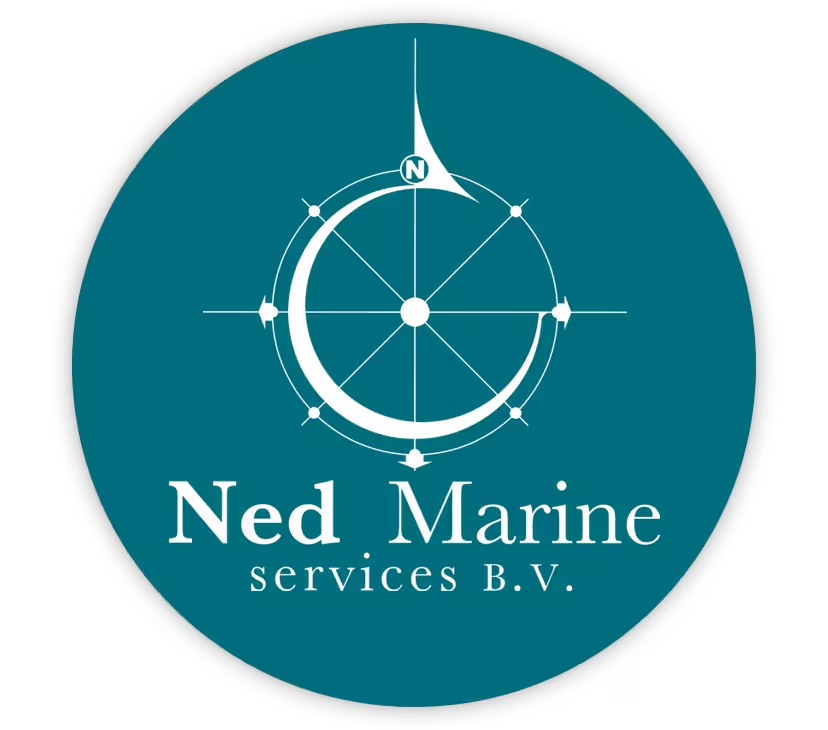Scientific Principles of Ultrasonic Testing
High frequency sound waves are sent into a material by use of a transducer. The sound waves travel through the material and are received by the same transducer or a second transducer. Both the amount of energy transmitted or received and the time it takes are analysed to determine the presence of flaws. Changes in material thickness, and changes in material properties can also be measured.

Main Uses
Used to locate surface and subsurface defects in many materials including metals, plastics, and wood. Ultrasonic inspection is also used to measure the thickness of materials and otherwise characterize properties of material based on sound velocity and attenuation measurements.
Main Advantages of Ultrasonic Testing
- depth of penetration for flaw detection or measurement is superior to other methods;
- only single sided access is required;
- provides distance information;
- minimum part preparation is required;
- method can be used for much more than just flaw detection.

